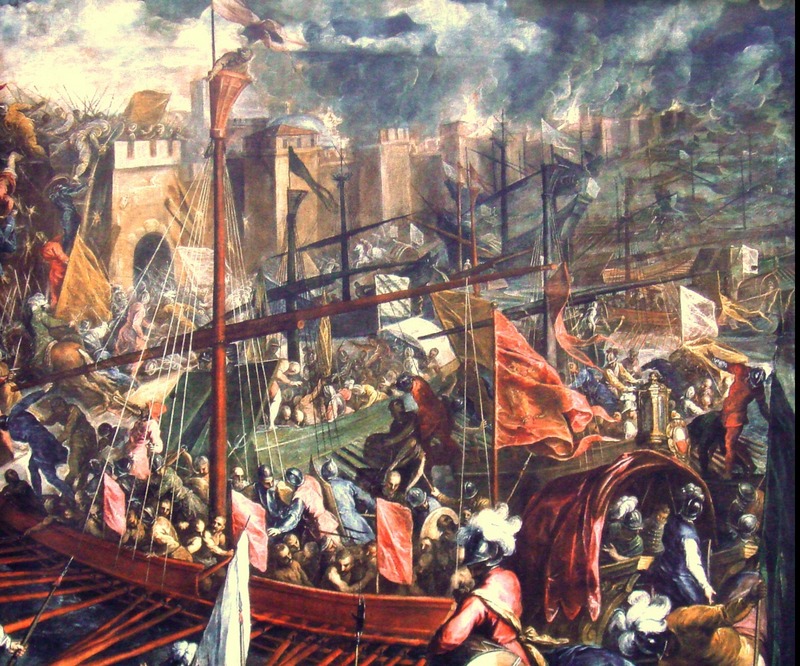Protection
Even in the early years of the wall, it provided protection. There was a damaging earthquake in 447 that toppled 57 towers and the city had to rebuild the Wall quickly as the Attila the Hun and his army were about to attack [1]. The defenses after 447 AD consisted of an inner wall, an outer wall, an outer terrace and a moat. Attila’s army had to leave and look for easier prey. In 1,000 years, the walls were not breached until May 29, 1453 by the Ottomans in the famous siege led by Sultan Mehmet II. Famous failed sieges of Constantinople include the Avar Siege of 626, the First and Second Arab Sieges, a succession of attempted sieges by the Rus, and the Revolt of Thomas the Slav. Before the fall of Constantinople, there was one famous successful siege, the Fourth Crusade, which set up the Latin Empire or known to the Byzantines as the Latin Occupation (1204-1261).
Even during a combined siege such as the Avar Siege of 626 by the Avars and the Persians, the Walls of Constantinople held against the attackers and saved the Byzantine Empire from collapse. The Avars failed because did not have the technology to successfully conquer the city. The Persians, who despite being experts, were stymied by the towers and engines of the Walls of Constantinople and could not move their equipment across the Bosphorus [2]. The walls during these centuries for the citizens were seen as a strong, powerful defense of their empire. The strength of the walls, protecting the city, reflected the strength of the empire, which flourished during these centuries.
[1] Kaufmann, J.E., Kaufmann, H.W., Jurga, Robert M. “The Medieval Fortress: Castles, Forts and Walled Cities of the Middle Ages.” 2004. p. 79.
[2] Kaegi, Walter Emil. “Heraclius, Emperor of Byzantium.” Cambridge, 2003. P. 140

